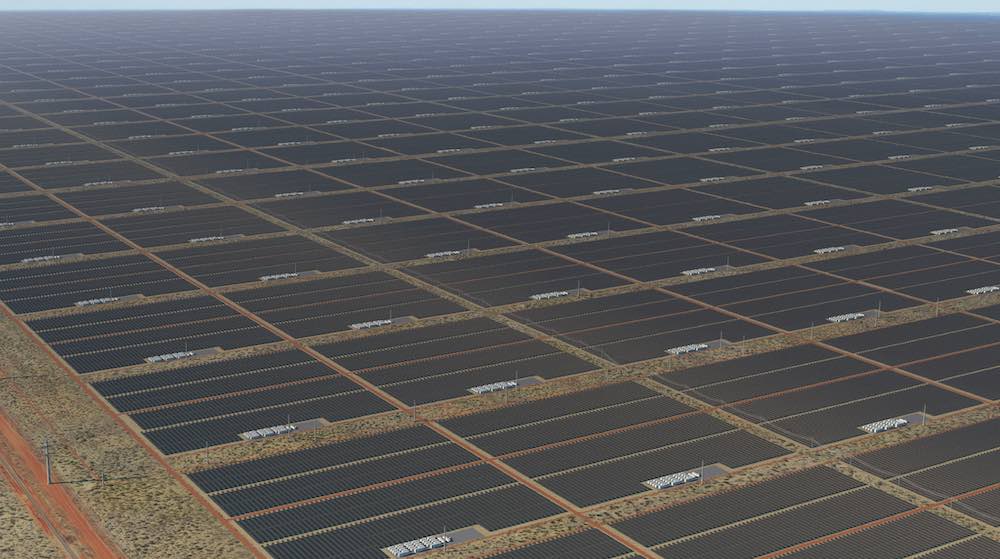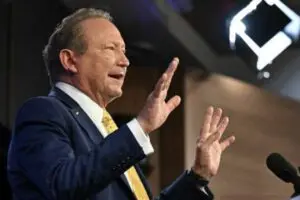Sun Cable’s Australia-Asia PowerLink, the massive solar and battery project backed by Australia’s two richest men, Andrew Forrest and Mike Cannon-Brookes, has cleared another important hurdle with a ringing endorsement of its economic merits from Infrastructure Australia.
The endorsement by Infrastructure Australia, a government agency, means the project can advance to the stage three, “investment ready” status on its priority list, and means it is well placed to access funding from other government agencies such as CEFC and NAIF.
Sun Cable, if it goes ahead, will be the world’s biggest solar and battery storage project, with an ambitious plan to send most of its output 5,000km from its home on a Northern Territory cattle station to Darwin and then Singapore.
The project is likely to cost more than $30 billion, and Sun Cable and its advisor PwC said earlier this year it is likely to deliver investment of more than $8 billion to Australia, export revenue of at least $2 billion a year from 2028, when it hopes to be begin operations.
It is these figures that Infrastructure Australia inspected and endorsed the Australia-Asia PowerLink as investment ready.
“Today’s announcement by Infrastructure Australia affirms that the AAPowerLink is economically viable and will deliver significant benefits for Australia and our region,” Sun Cable founder and CEO David Griffin said in a statement.
“The AAPowerLink will enable a stronger economy for the long term through contracts, wages and economic diversification.
“It will spur enhanced capacity and skills in the construction and technology sectors as a result of jobs and training over the lifetime of the project, and pave the way for new green industries to be established, and to thrive.”
Griffin told RenewEconomy in an interview that the endorsement from Infrastructure Australia is important because it improves the chances of Sun Cable receiving finance from the Northern Australia Infrastructure Fund, and the Clean Energy Finance Corporation.
“To get to this point is a really stringent test of the economics of the project,” he said. “So it’s a really good external third party validation of the project.”
Sun Cable hopes to wrap up finance, at least for the first stage of its project, within 18 months so it can start construction in 2024, supply electricity to Darwin by 2027 and be fully operational by 2029.
The project comprises 20GW of large-scale solar and up to 42GWh of battery storage, transported to Darwin via an 800MW overhead transmission line, and then on to Singapore via a 4,200km sub sea cable.
Sun Cable already has a team of around 100 people working on the project – and similar proposals elsewhere in the Asia Pacific region, and says AAPowerLink alone will create 14,000 direct and indirect jobs, mostly in Australia.
“The Australia-Asia PowerLink will be transformative for the country on multiple fronts,” PwC Australia CEO Tom Seymour said in a statement.
“This $30+ billion project is forecast to deliver a $24 billion boost to GDP over its lifetime, generating 1,100 jobs on average each year, supercharging the economic development of regional and Northern Australia and communities, regional energy innovation and decarbonisation.”
Northern Territory chief minister Natasha Fyles says the Sun Cable project will help position the territory as a renewable energy powerhouse.










